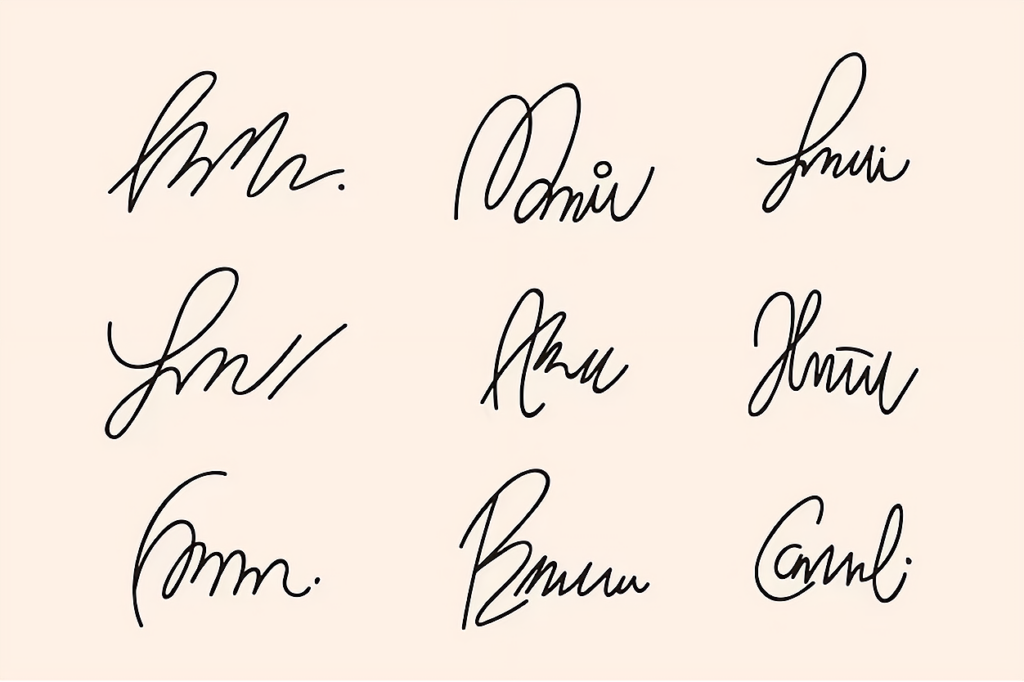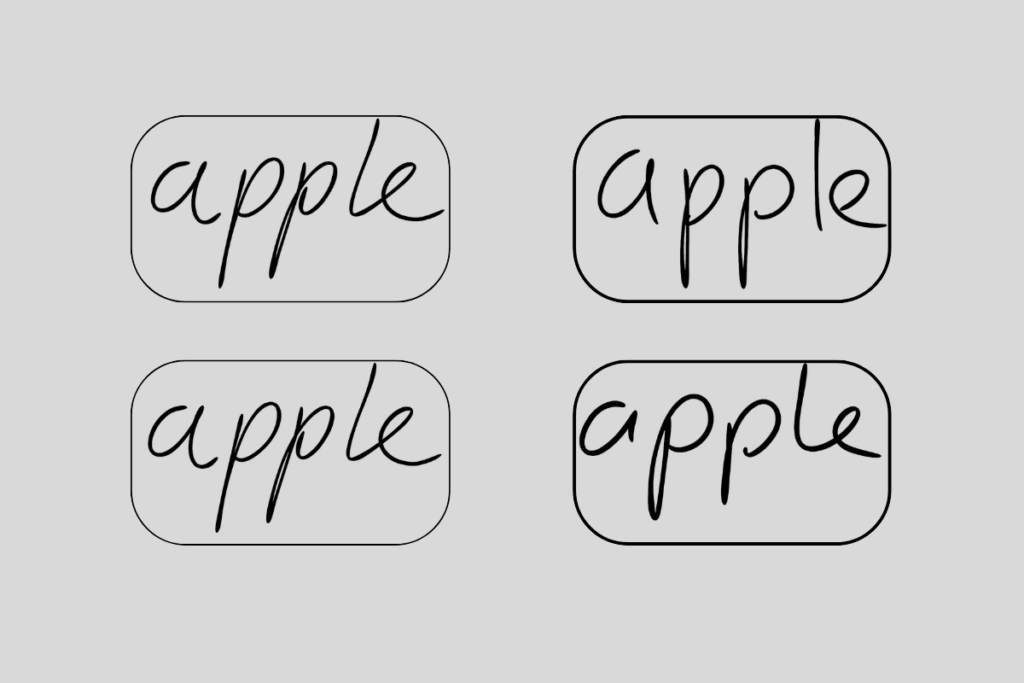Names in Handwriting

Names in Handwriting: The Art and Significance of Personalized Signatures
In a digital age dominated by typed text, handwriting remains a unique and irreplaceable form of expression. A handwritten name is more than just a way to identify yourself, it reflects your personality and cultural background. How you write your name can reveal a lot about you—your character, your style, and your individuality. In this blog, we will explore the significance of handwriting, why it matters, and how you can craft a signature that is truly one of a kind.
The Evolution of Handwriting and Signatures
Historically, handwriting has been a vital skill for communication. Before the age of printing presses and digital text, people wrote by hand to convey information, make records, and sign official documents. The act of writing was considered a form of art—each stroke of the pen a unique expression of the writer.
In modern times, the widespread use of keyboards and digital signatures has made handwriting less essential in daily tasks. Yet, signatures have not lost their importance. Whether for legal contracts, personal letters, or even as a mark of authenticity on social media posts, a handwritten name remains a vital part of one's identity.
The Psychology of Handwriting
Your handwriting reveals much about you. Psychologists and handwriting experts have long studied the correlation between handwriting styles and personality traits.
- Large, bold letters might suggest someone who is outgoing and confident, while smaller, more delicate writing may indicate introversion and meticulousness.
- A slant to the right may reveal someone who is open and friendly, while a leftward slant could suggest a person who is reserved and private.
- Tight, compact writing is often associated with efficiency and a focused mindset, while loose, flowing letters might indicate creativity and openness to new experiences.
When it comes to writing your name, all of these factors come into play. Whether you choose a classic cursive style, a minimalist print, or an artistic flourish, the way your name appears on paper is a direct reflection of who you are.
Creating a Personal Signature
The beauty of handwriting is that it is personal and customizable. If you’re looking to create a signature that feels like it truly reflects your identity, consider the following tips:
- Experiment with Style: Start by practicing different writing styles. Try writing your name in cursive, block letters, or a combination of both. A bold, angular signature might suggest confidence, while a flowing, cursive style might indicate creativity.
- Play with Size and Proportion: A signature’s size and shape can say a lot about how you view yourself. Larger letters can represent self-assurance, while smaller ones can indicate modesty. Don’t hesitate to experiment with the spacing between letters or the overall balance of your signature.
- Add a Personal Touch: Consider incorporating unique elements into your signature that hold personal significance. Whether it’s a small symbol, a line, or a particular way of crossing a letter, adding something distinctive can help make your signature one-of-a-kind.
- Practice Consistency: Once you’ve designed a signature that feels like it represents you, practice writing it regularly. Consistency is key to making your signature both authentic and practical for daily use.
Handwritten Names in the Digital Age
While digital signatures and typed names have replaced handwritten signatures in many areas, there is still a place for handwritten names in today’s world. Digital artists and designers now offer customized handwritten signature services, allowing individuals to create unique logos or branding using their own names.
Platforms like signmaker.io even allow users to experiment with handwritten signatures, offering tools to customize your name’s look and feel in a digital format. This blend of traditional artistry and modern technology makes it easier than ever to create a signature that feels personal and authentic, while still being suitable for today’s fast-paced, tech-driven world.
Conclusion
The handwritten name is more than just a practical tool for identification, it is an expression of who we are. Whether it’s used in formal settings, for personal correspondence, or as part of a signature in the digital realm, the way we write our names reveals something deeply personal about our identity. As you explore the art of handwriting, take the time to craft a signature that feels uniquely yours—a signature that speaks to your individuality and leaves a lasting impression wherever it appears.
If you want to know more about names in handwriting, go to SignMaker.io





